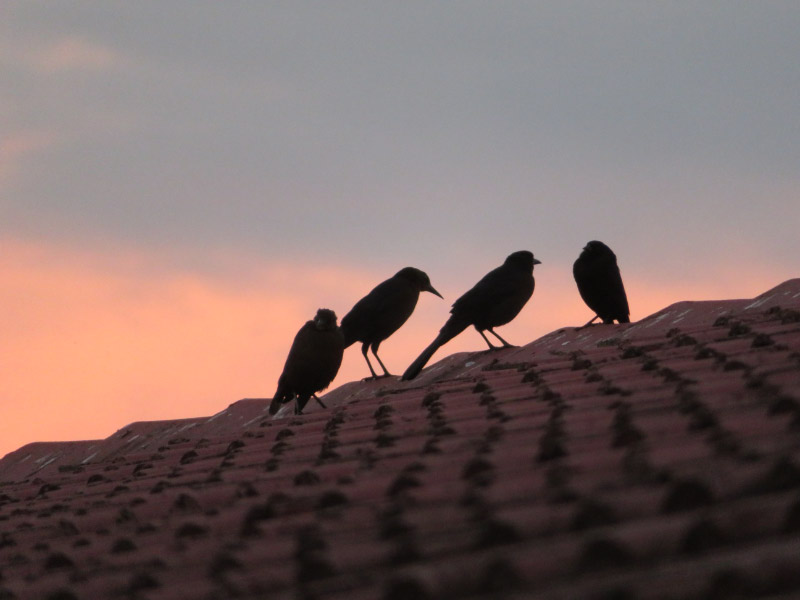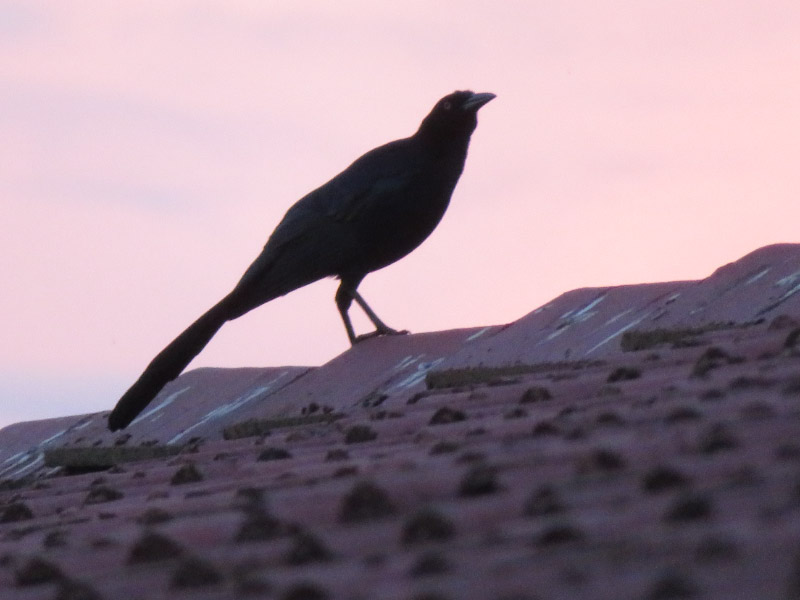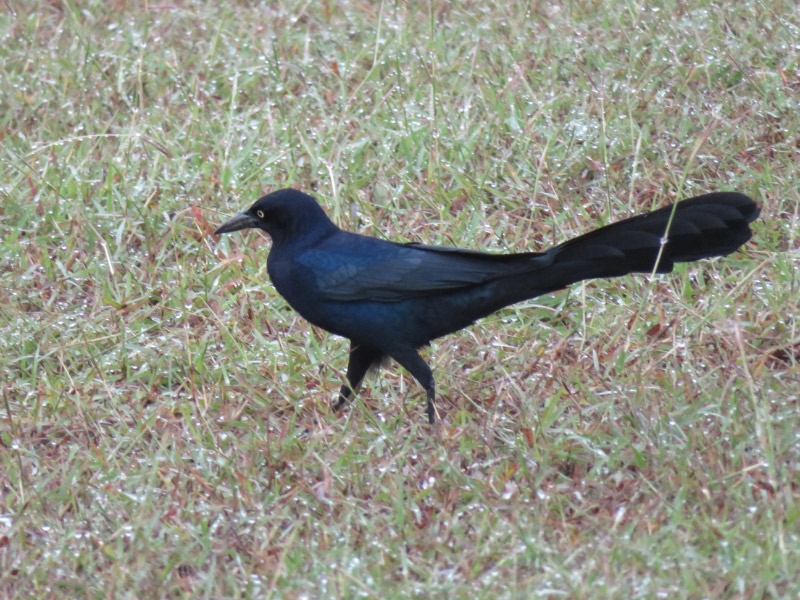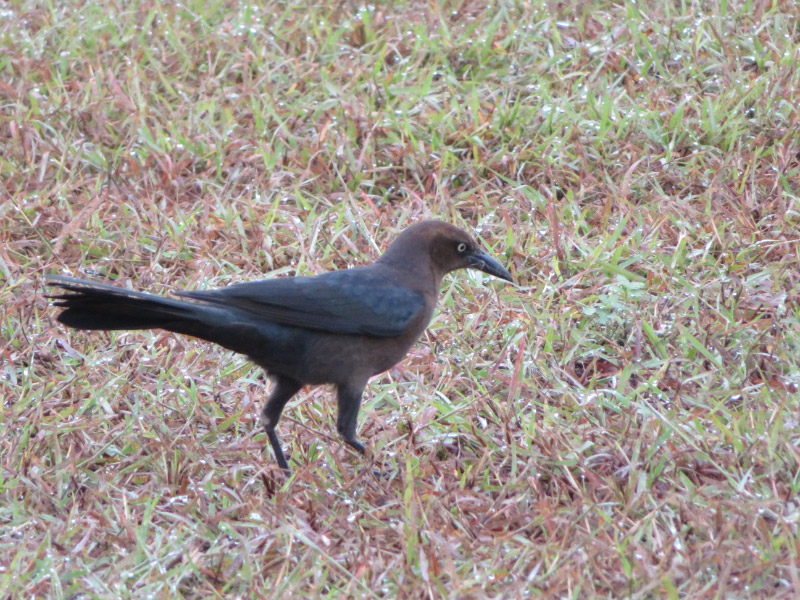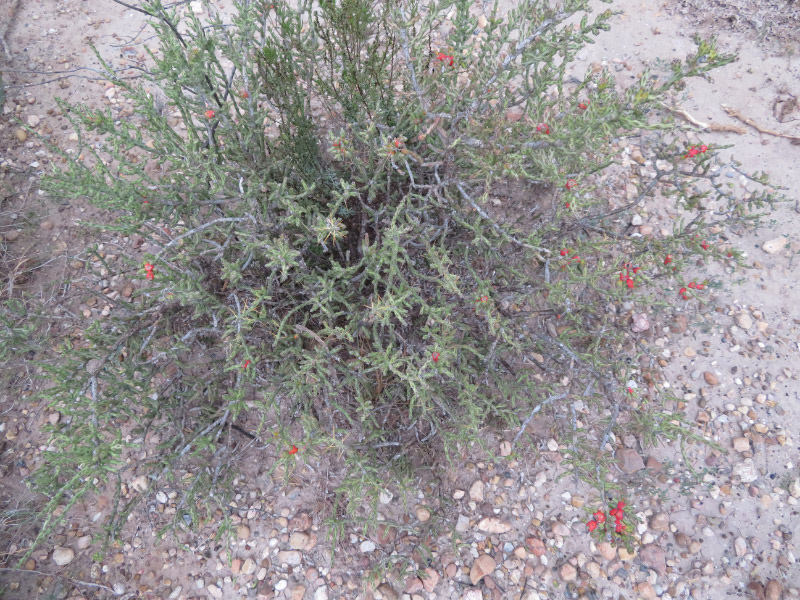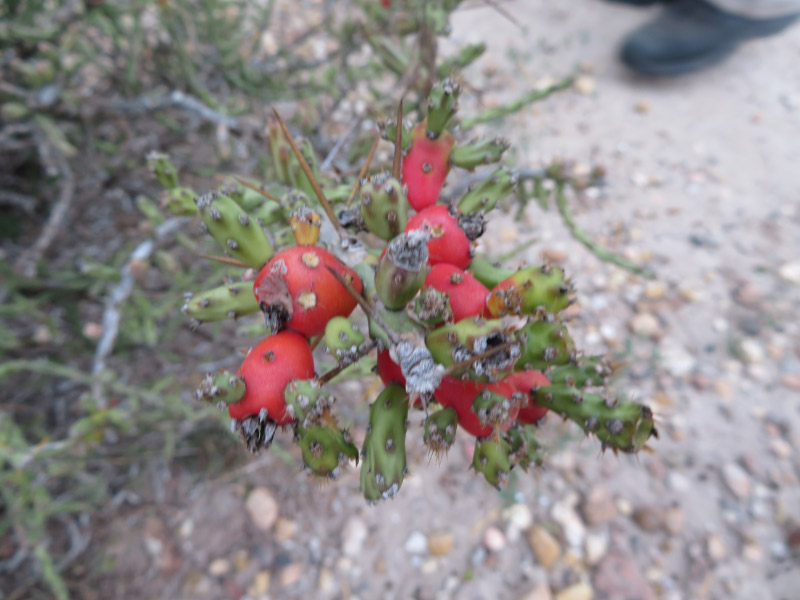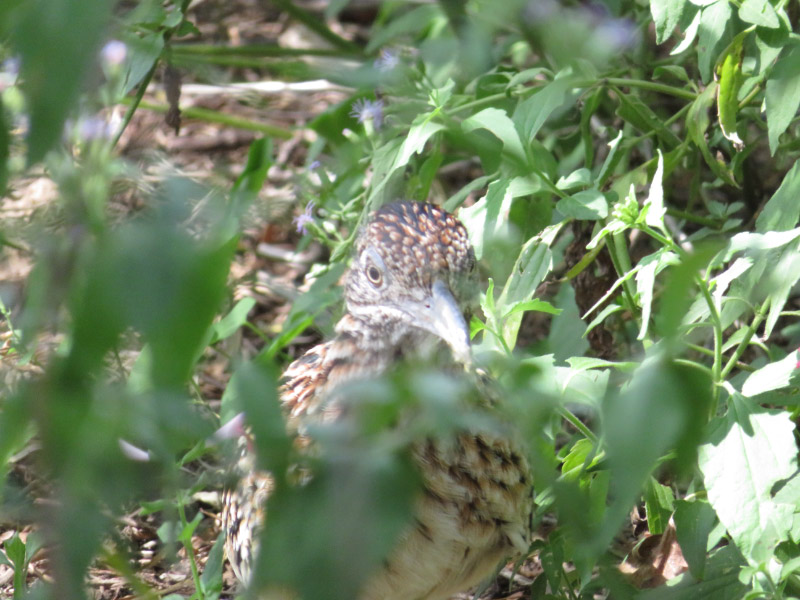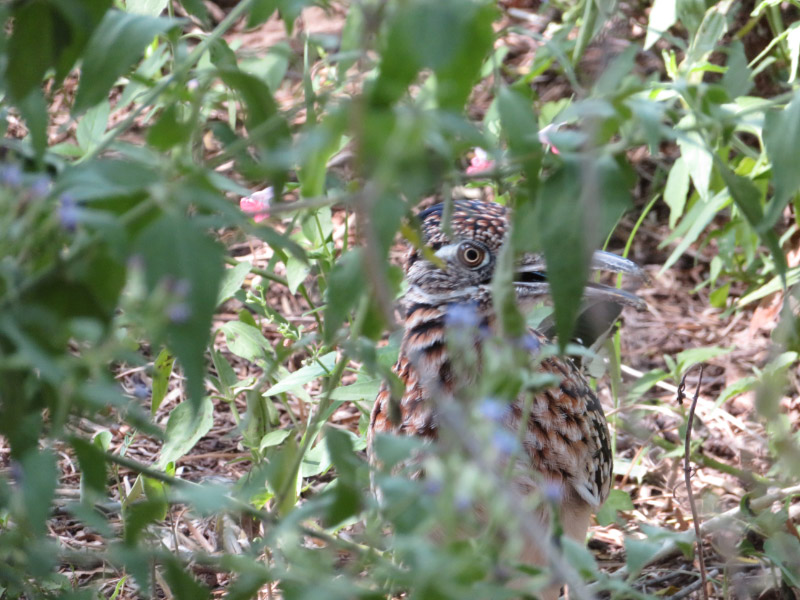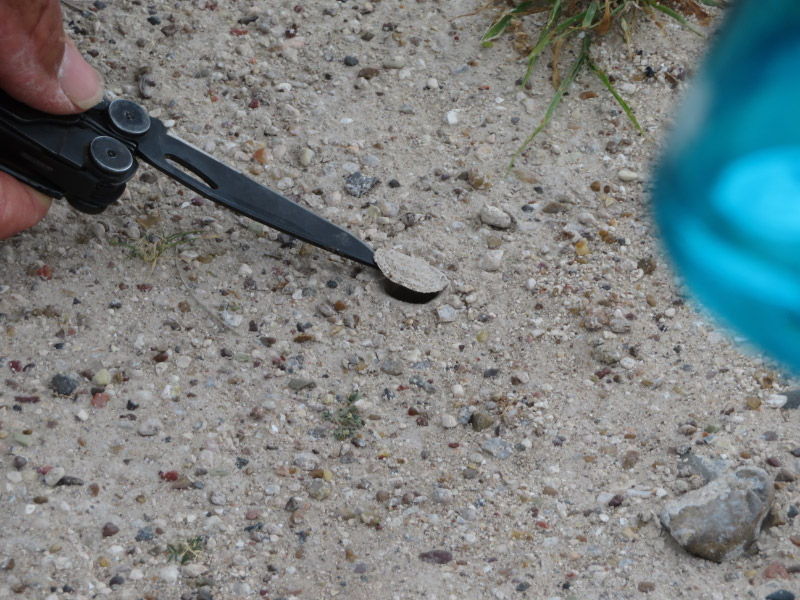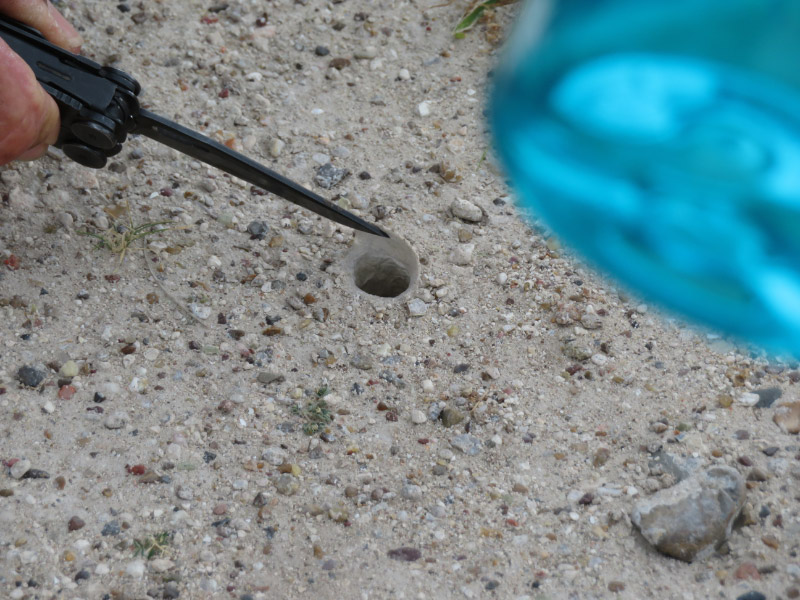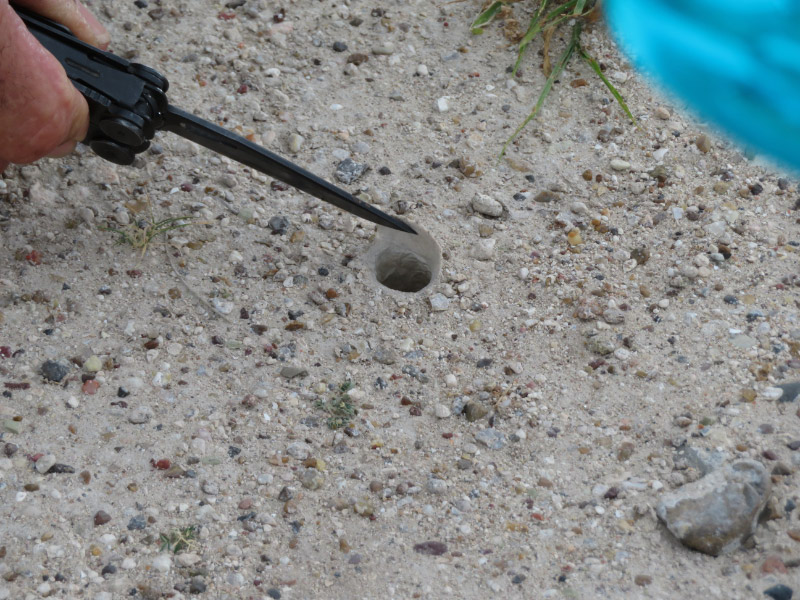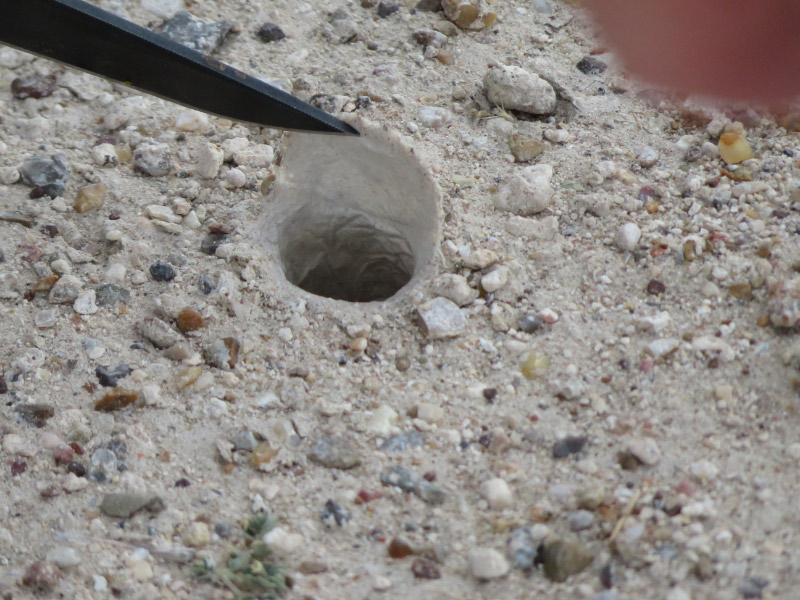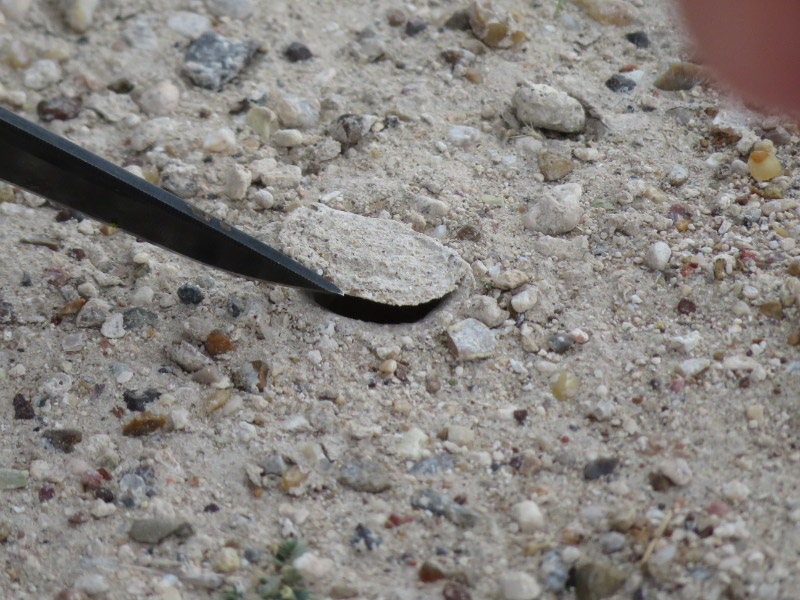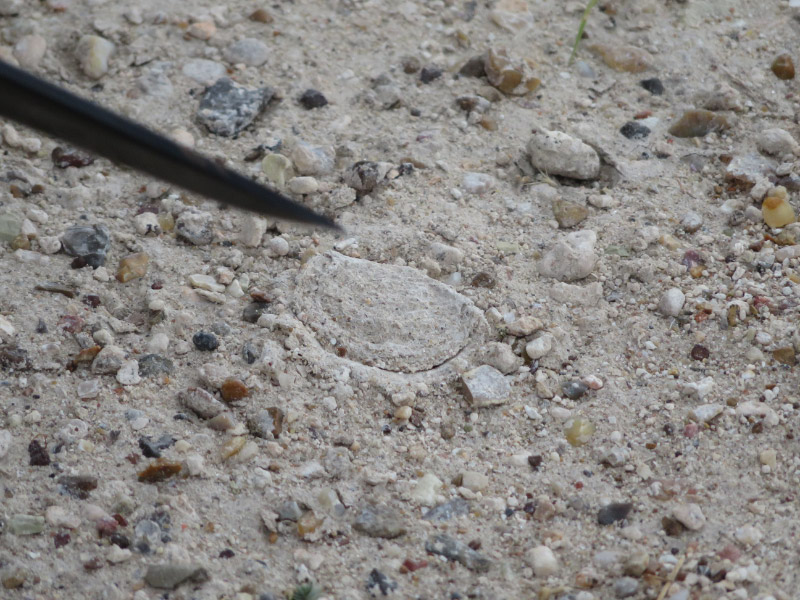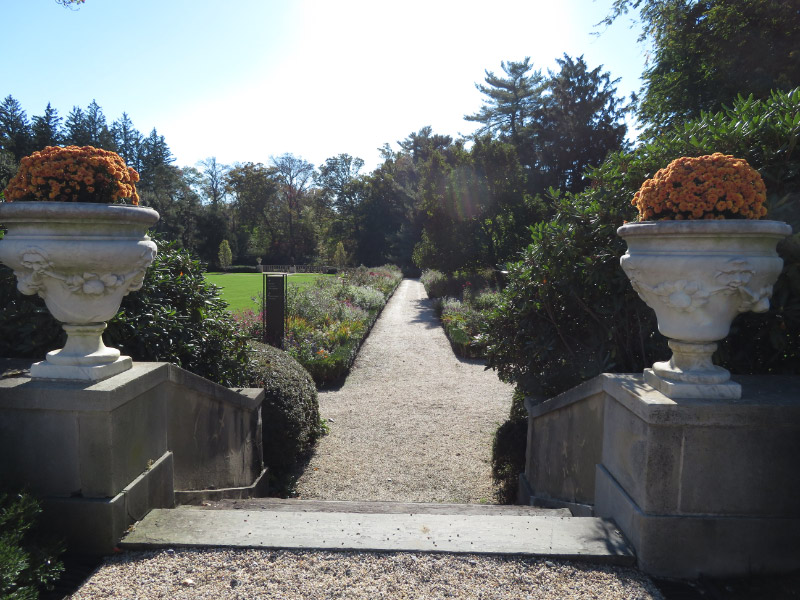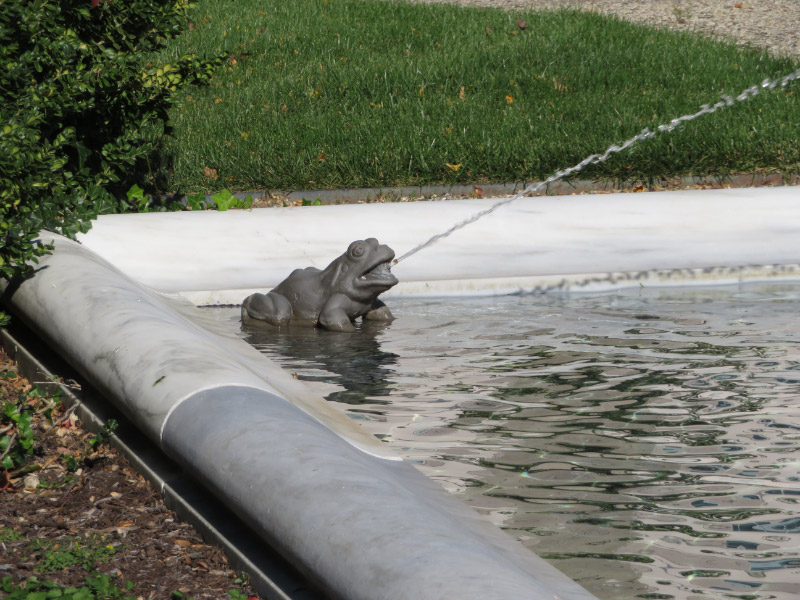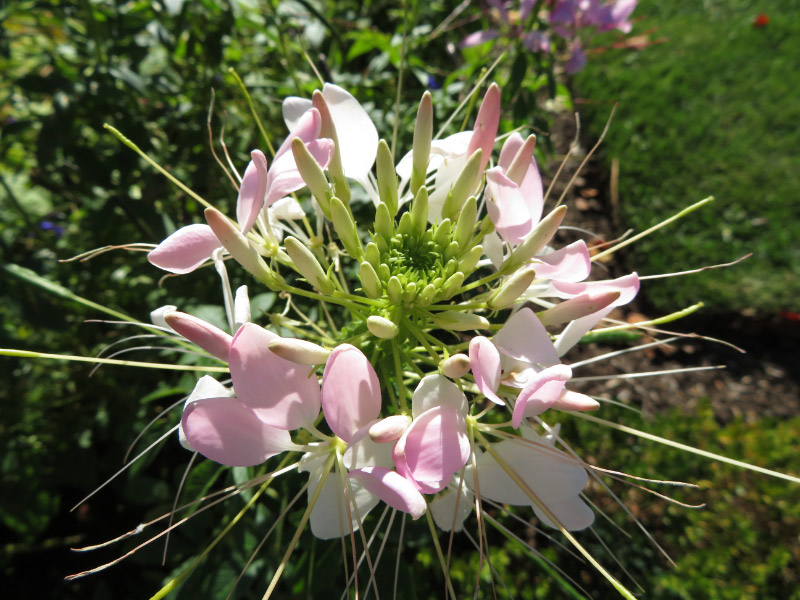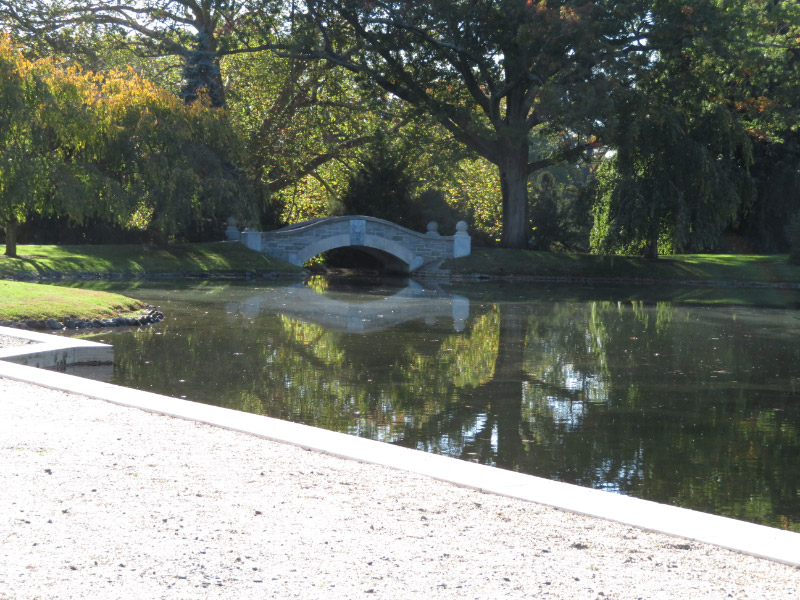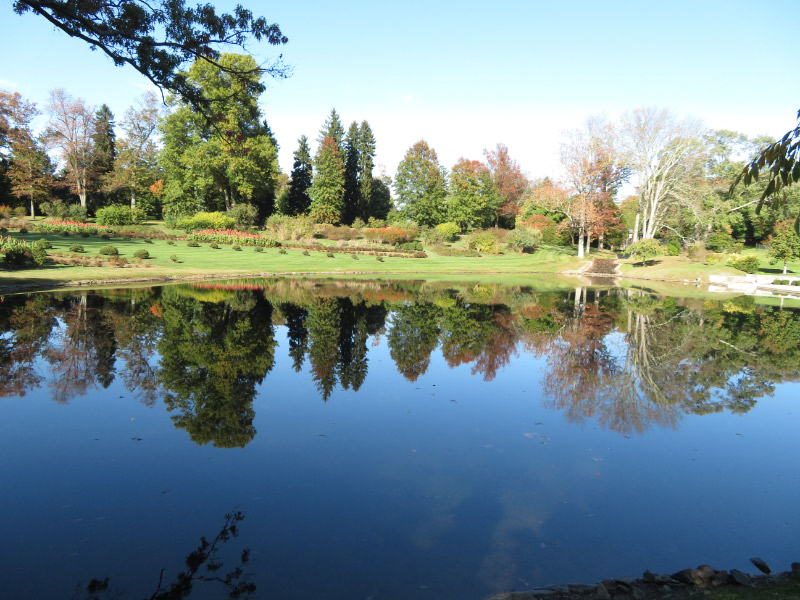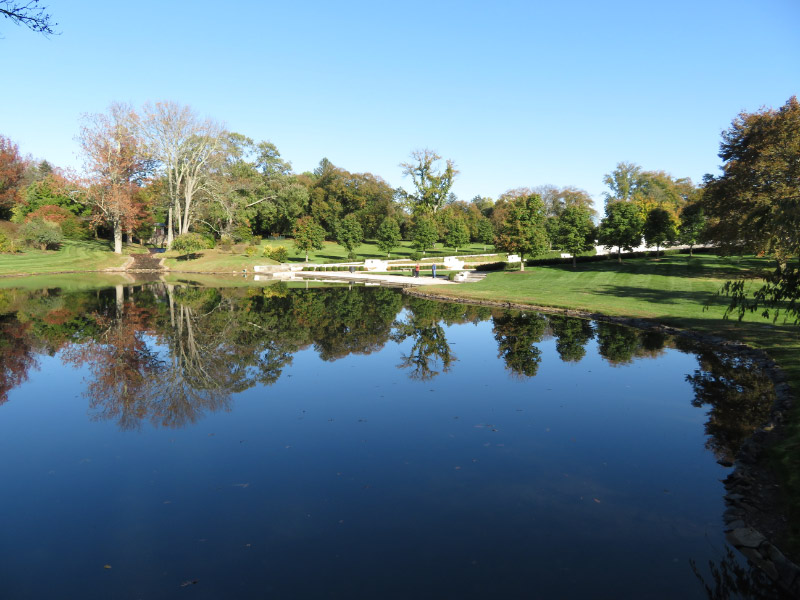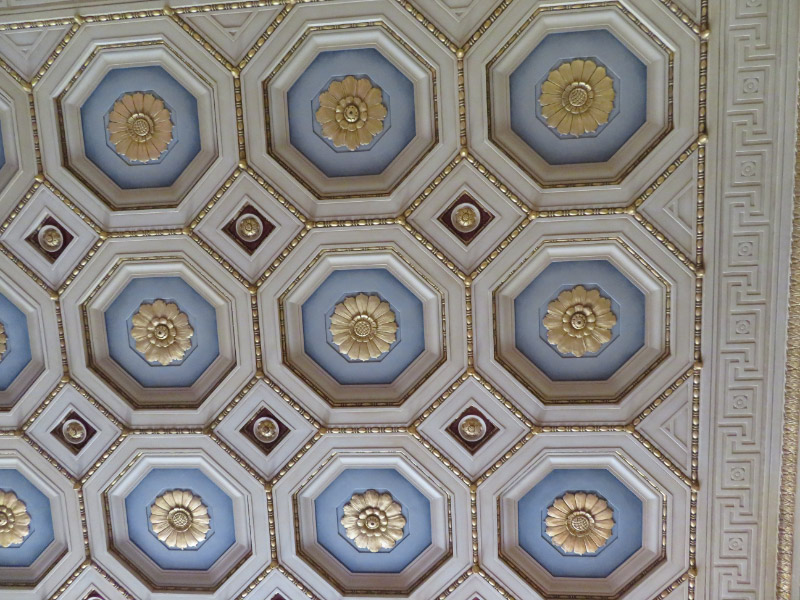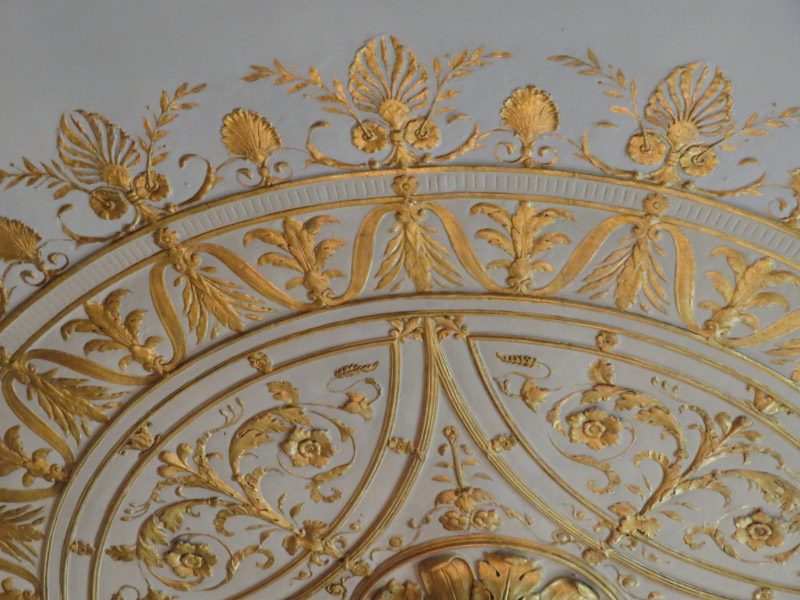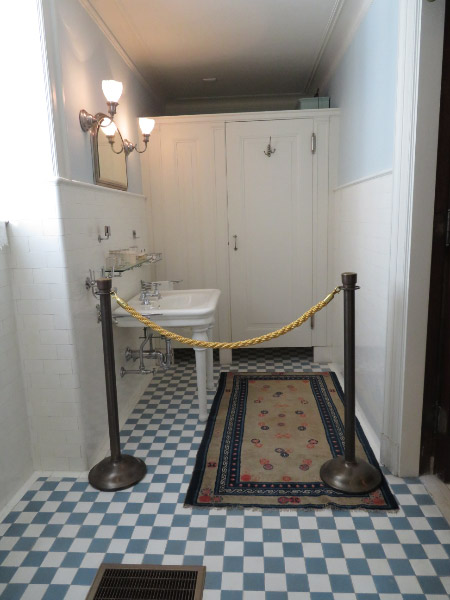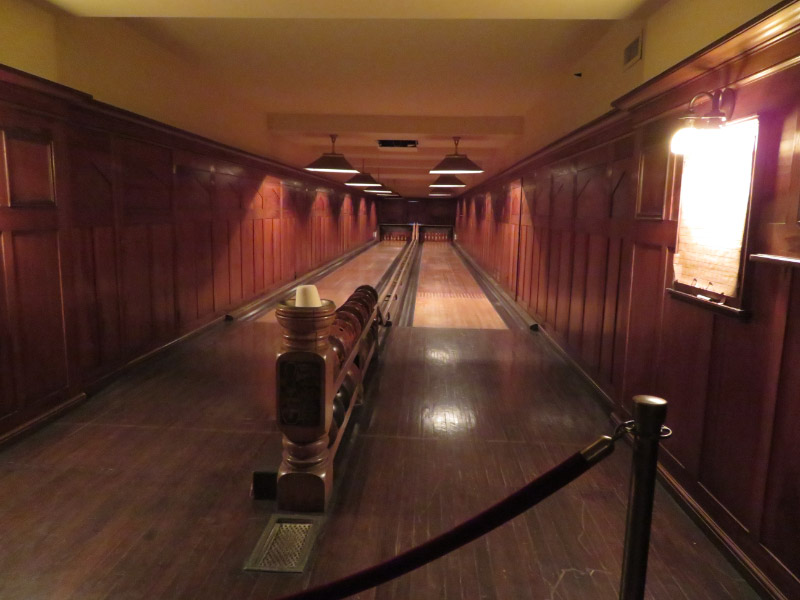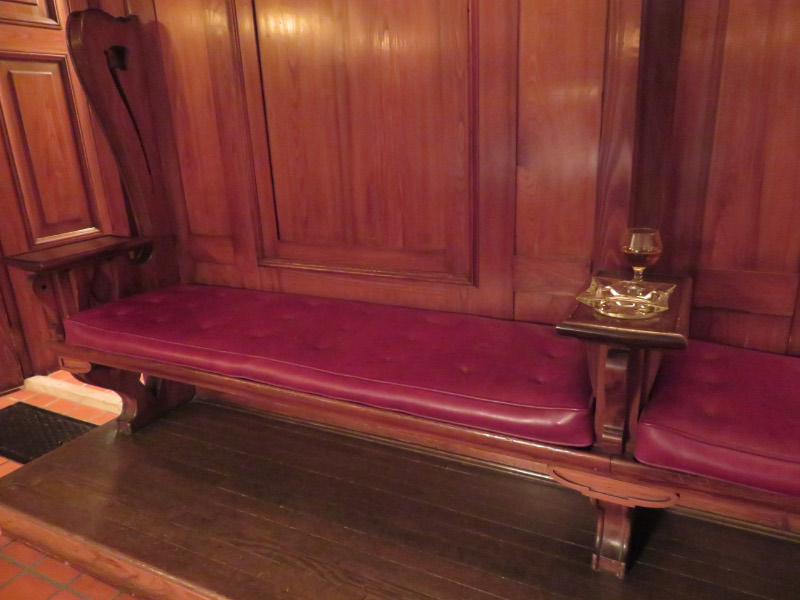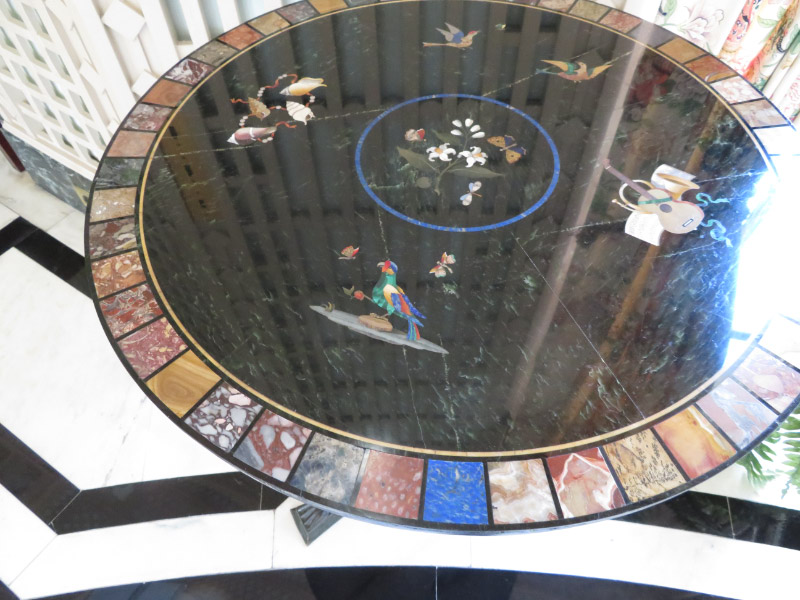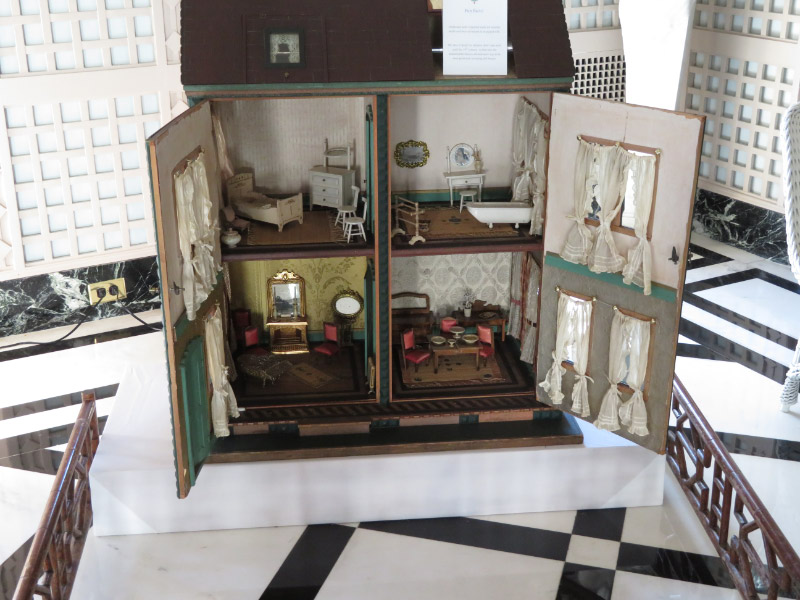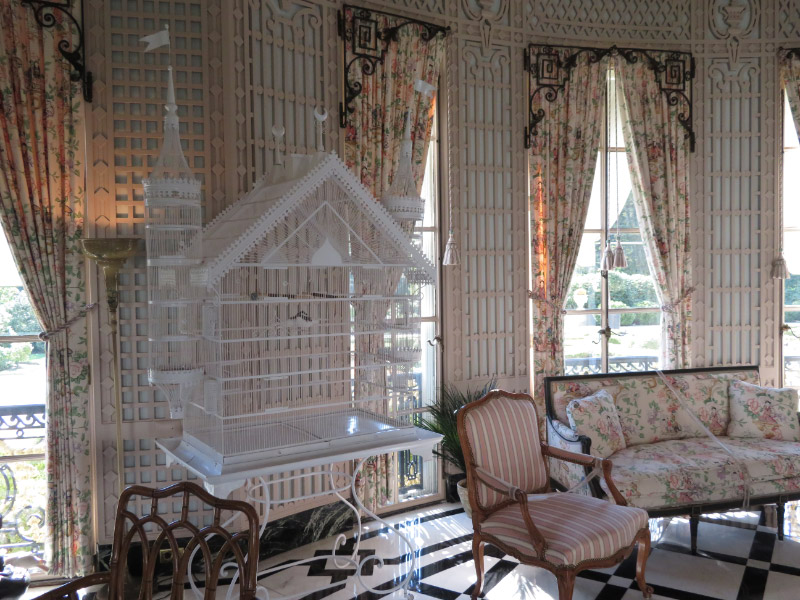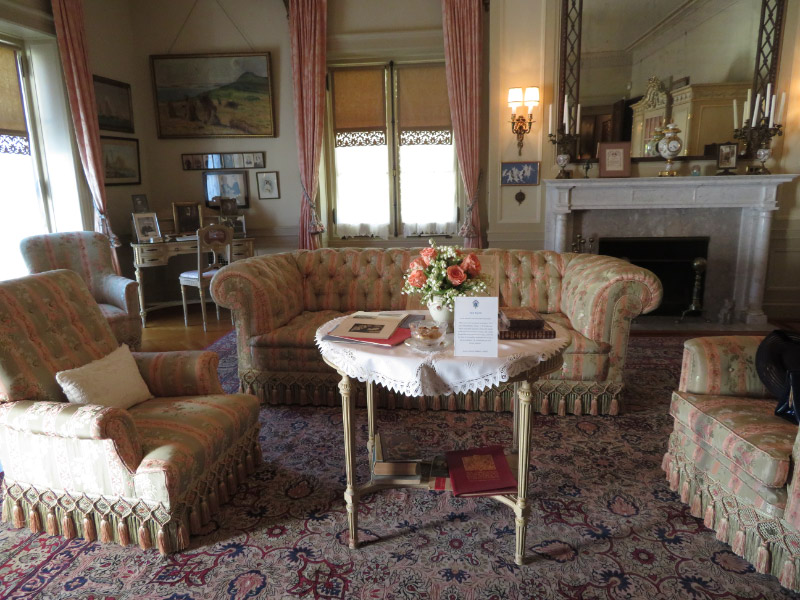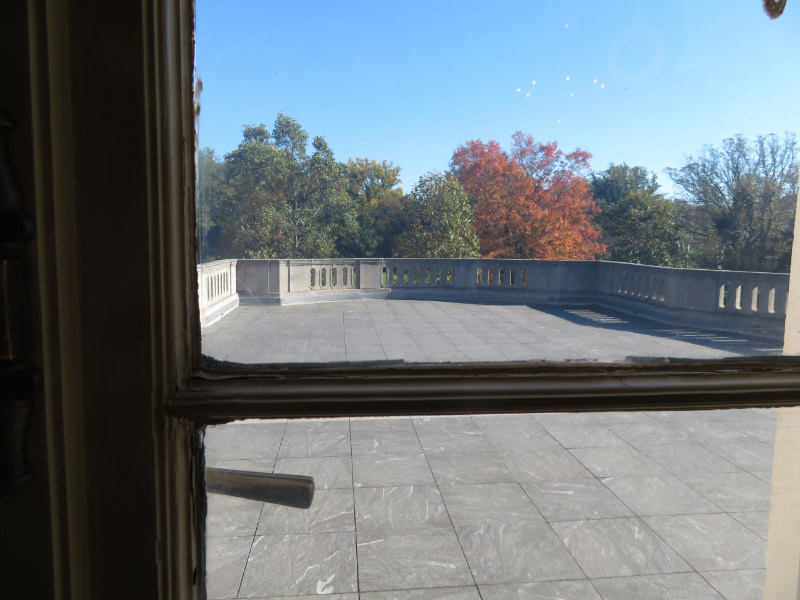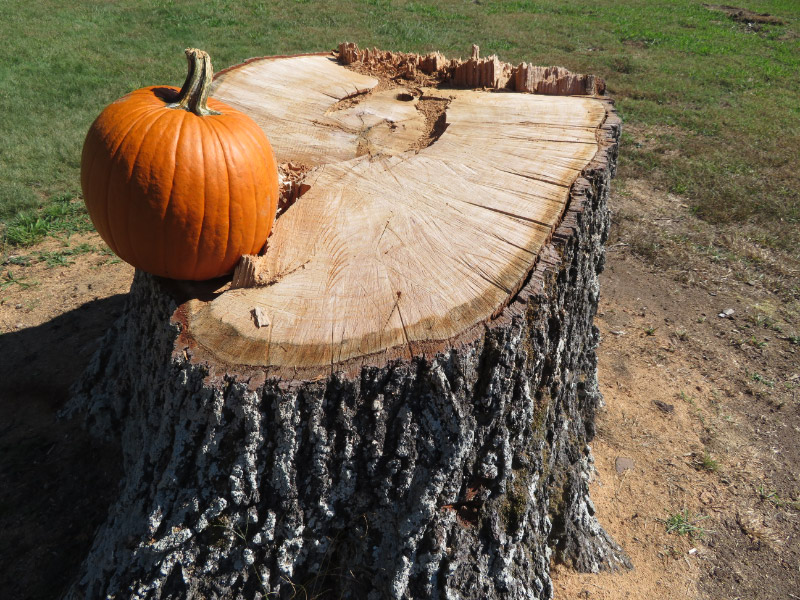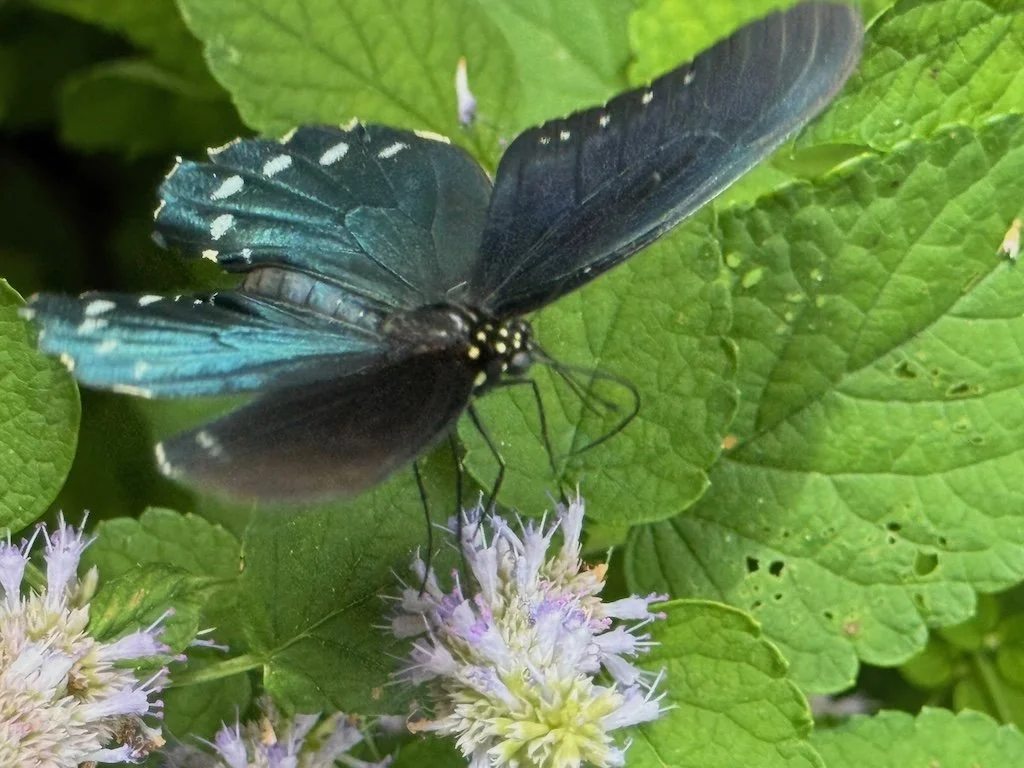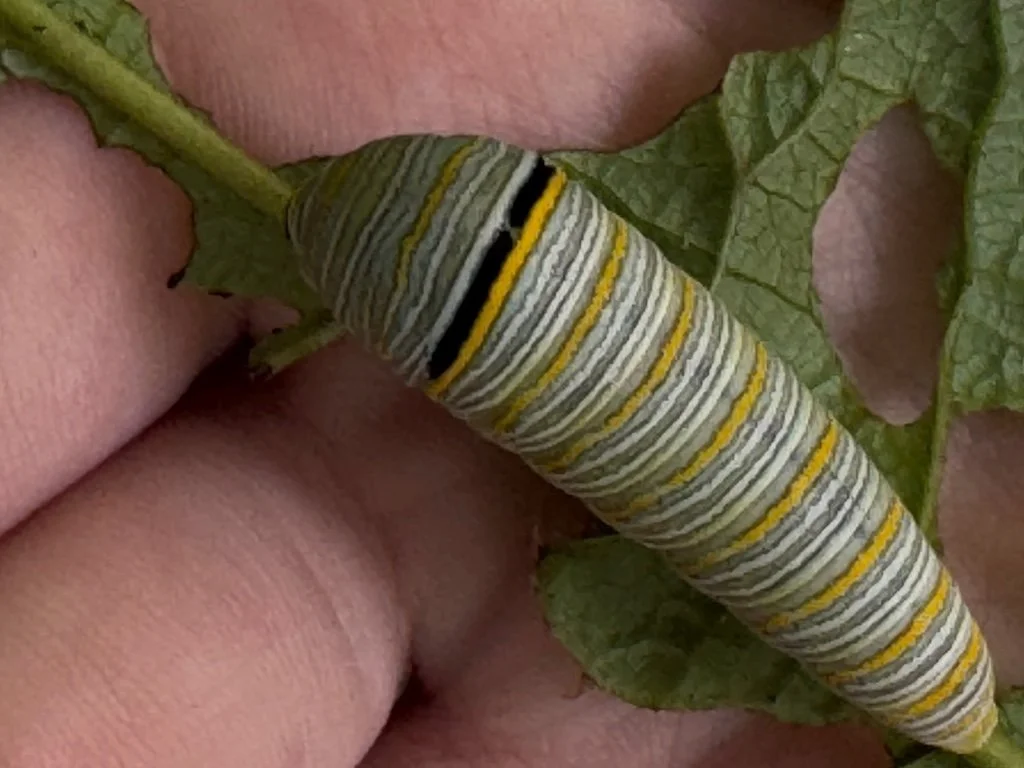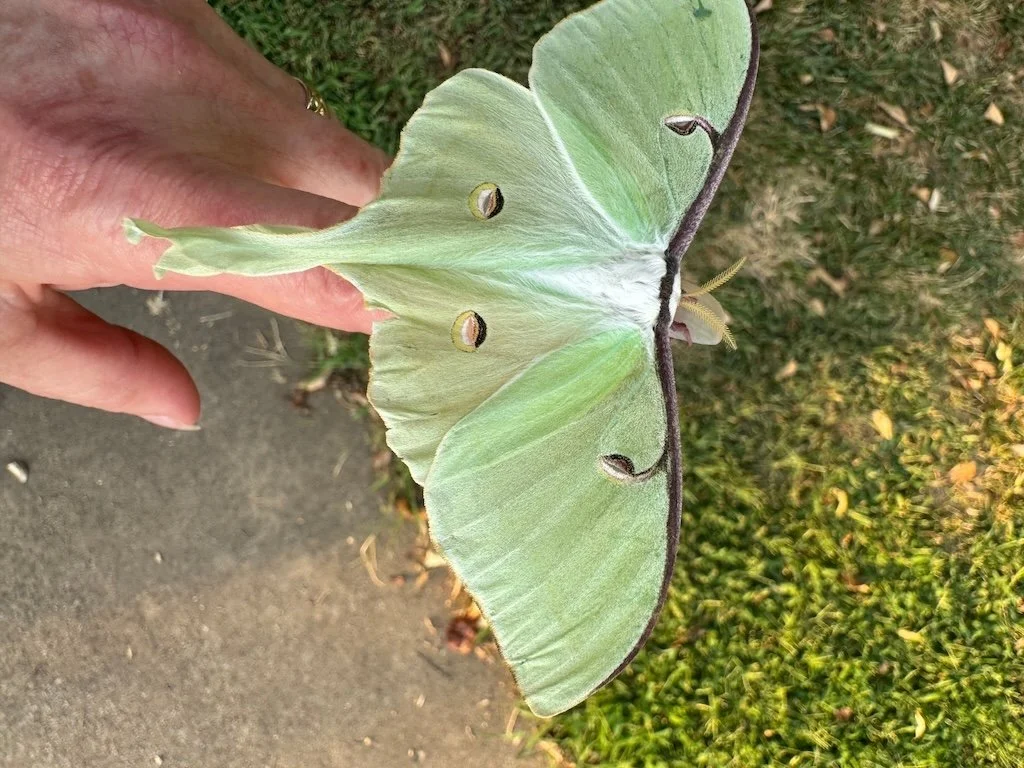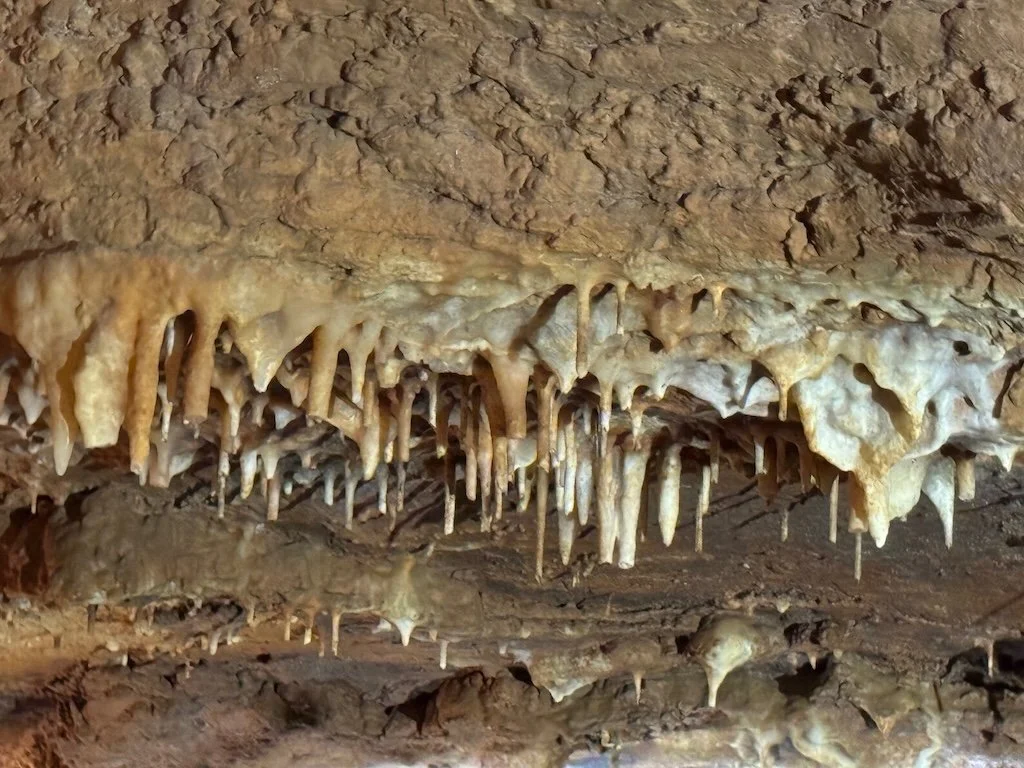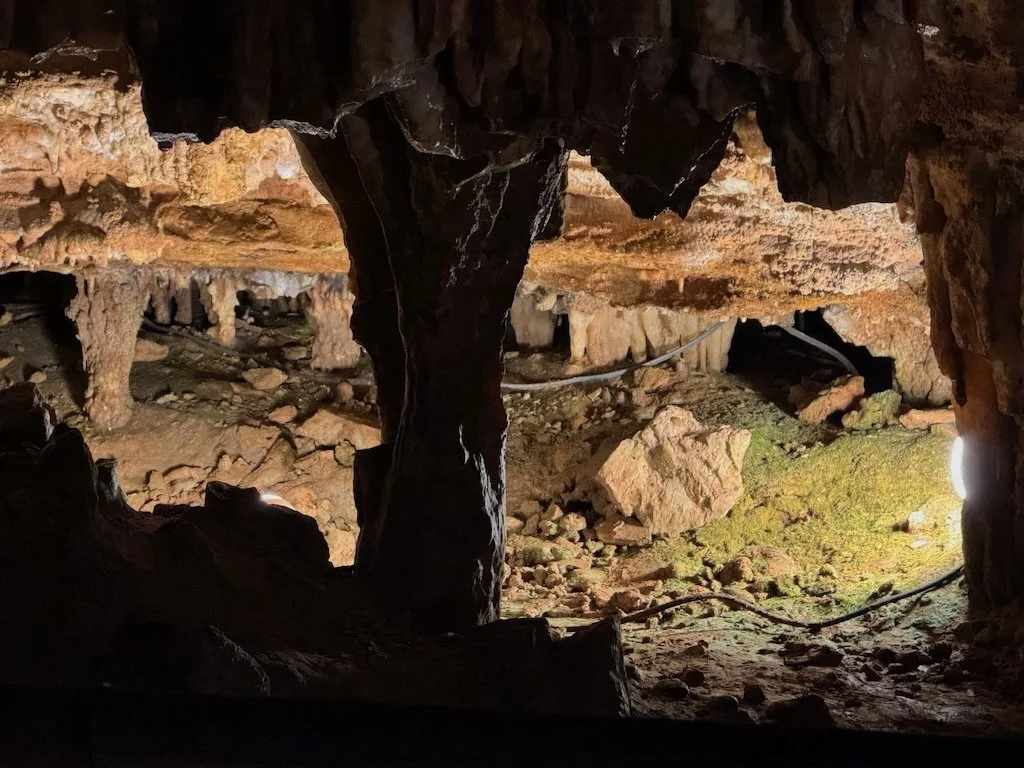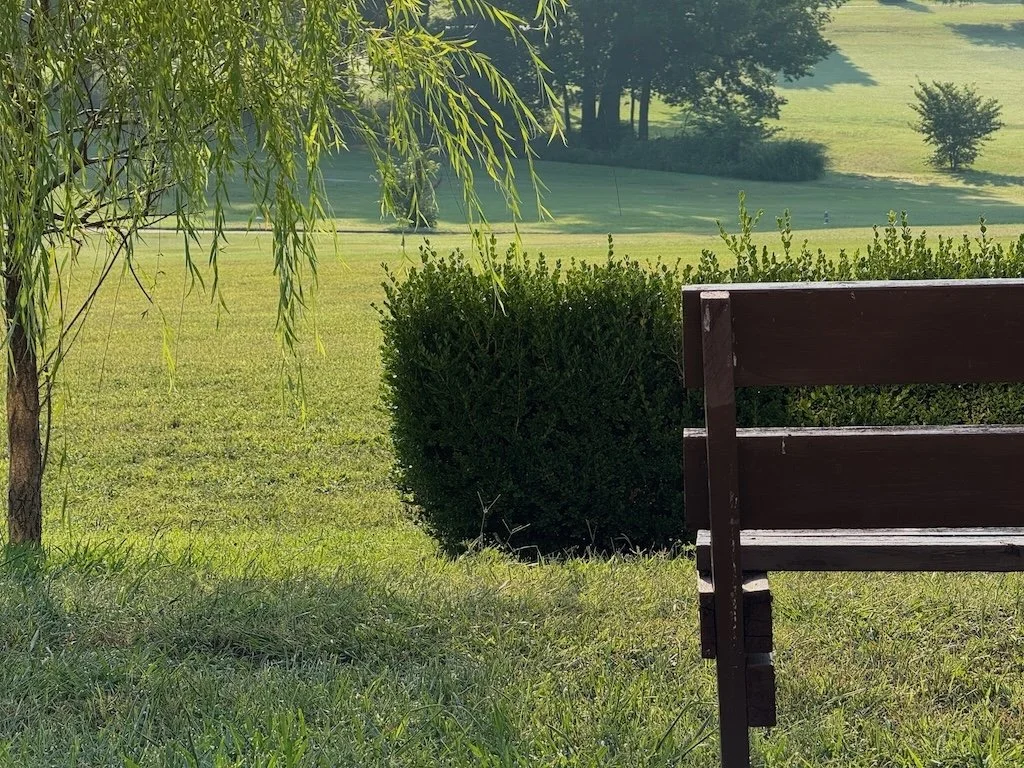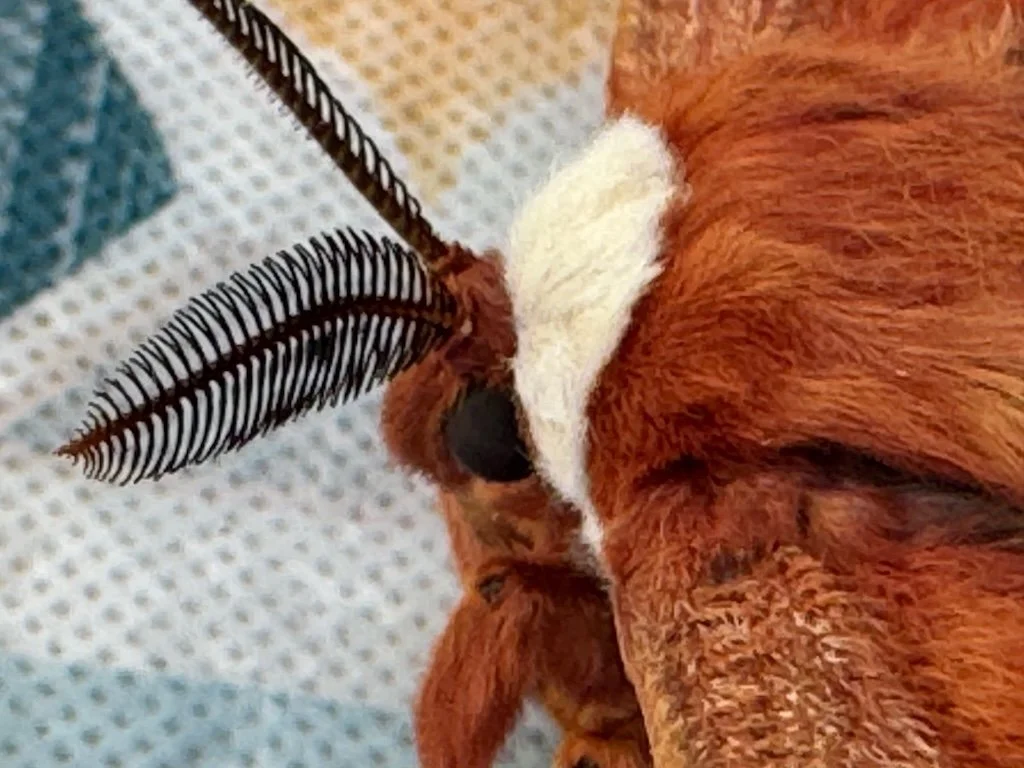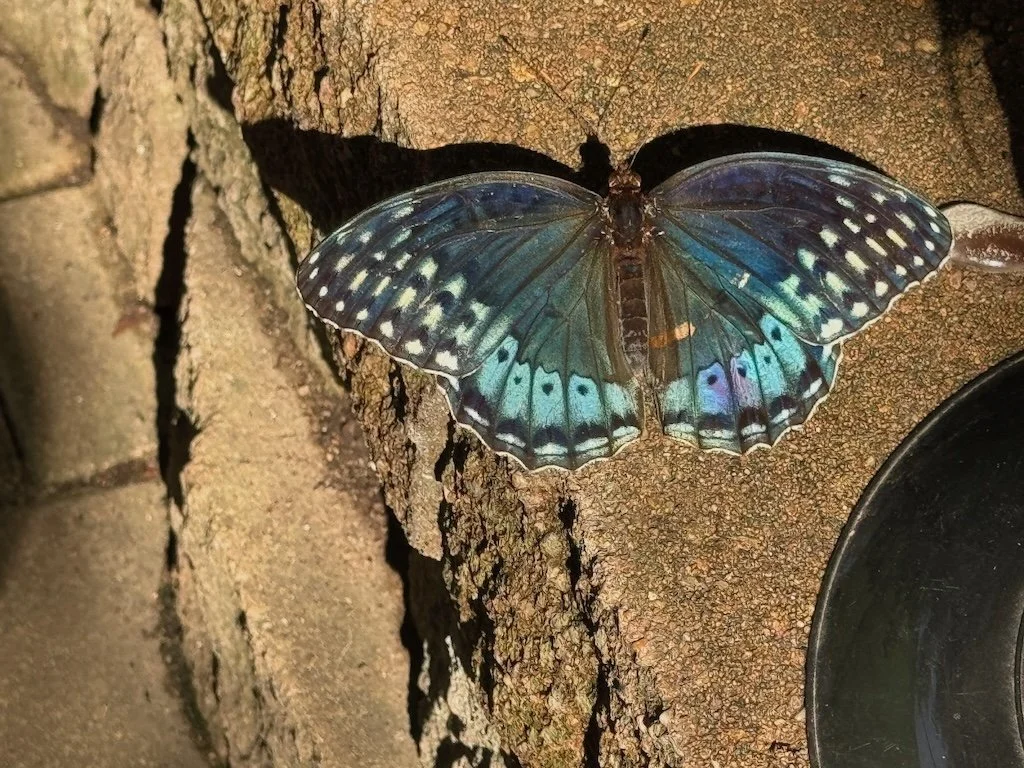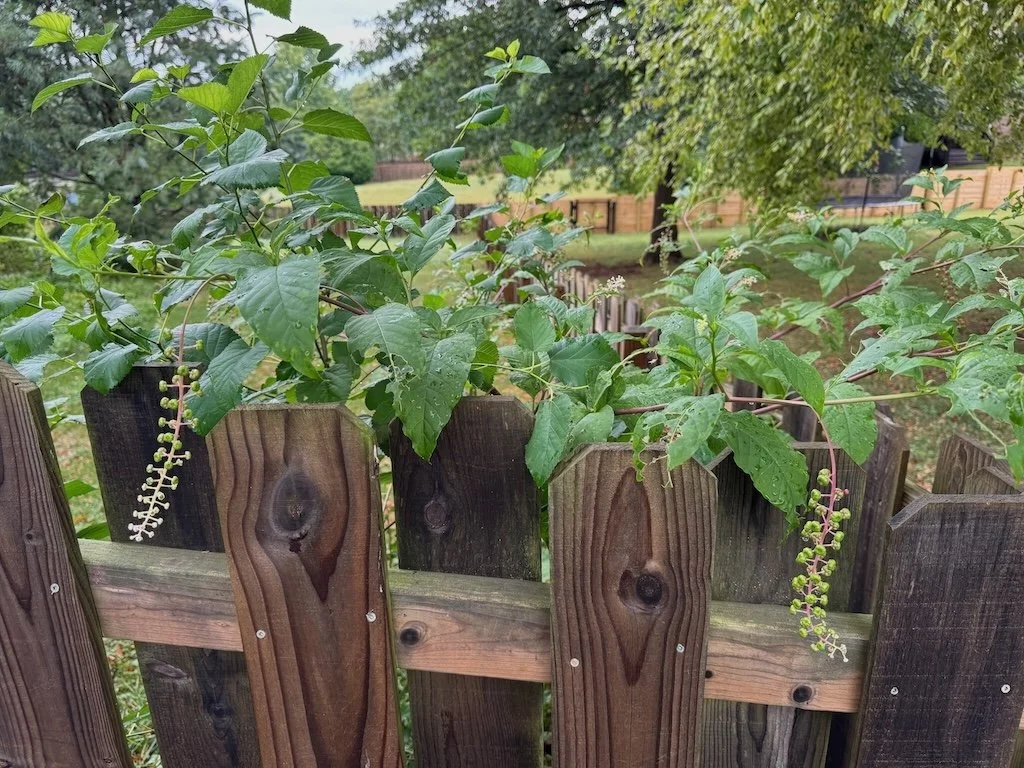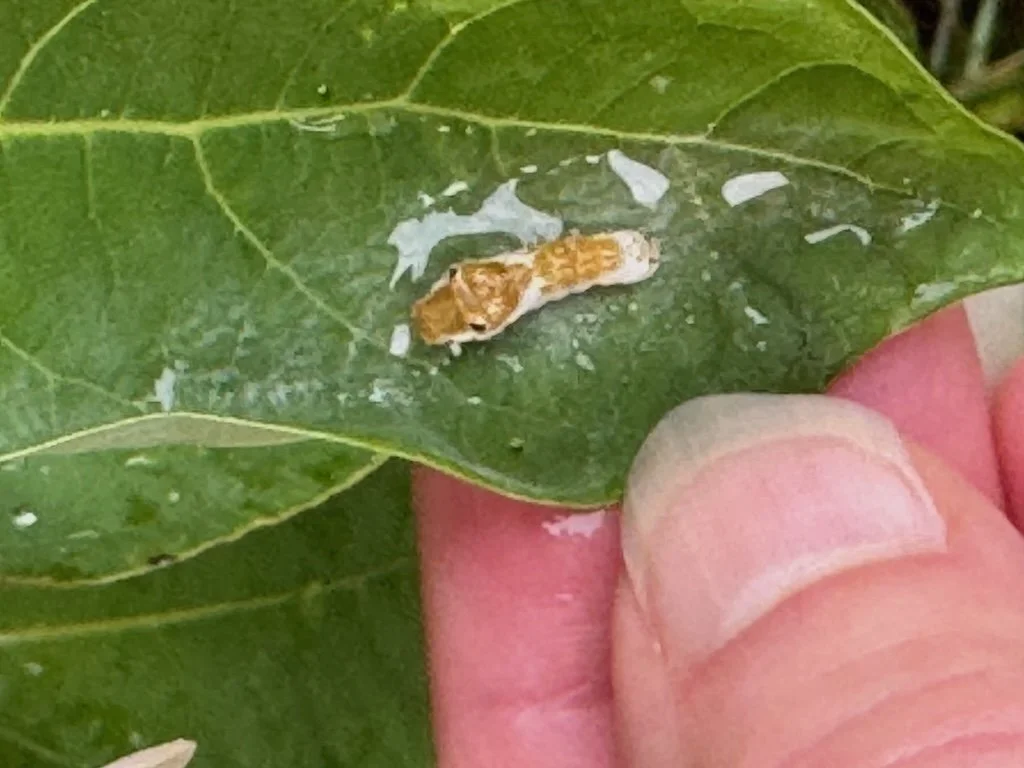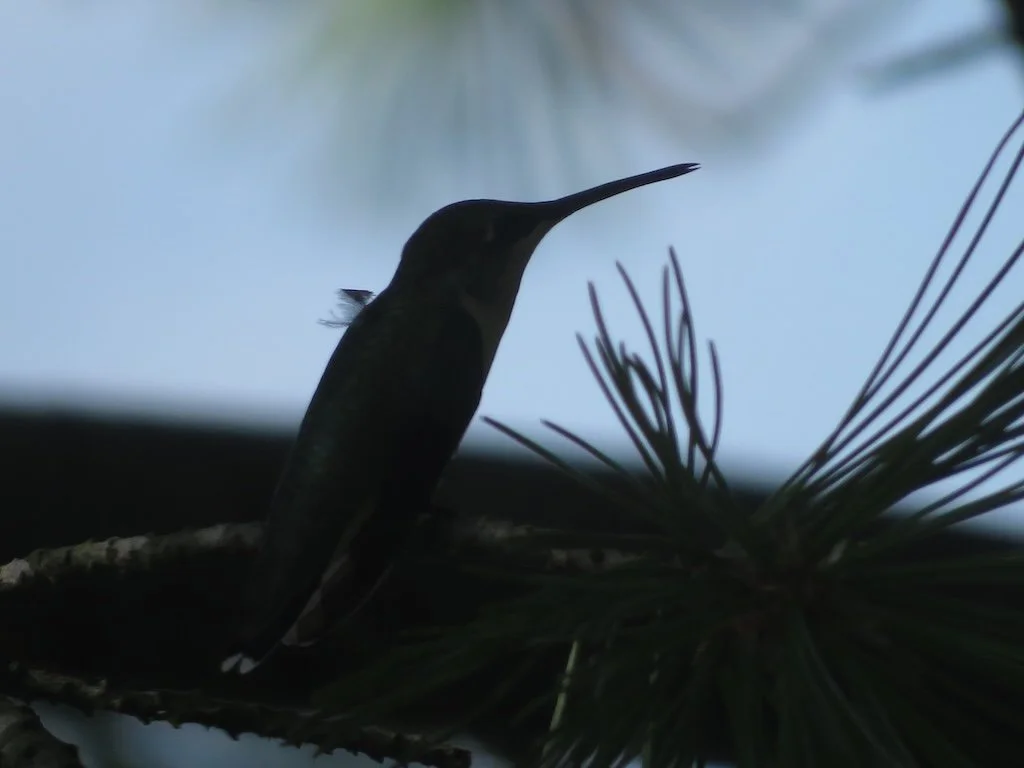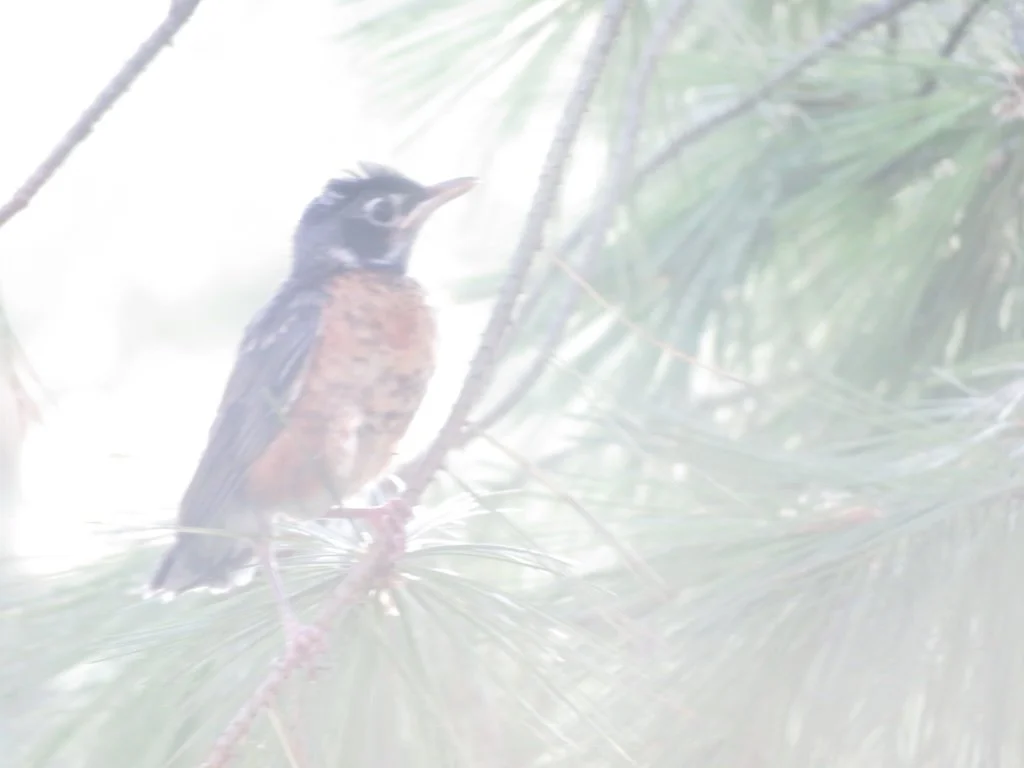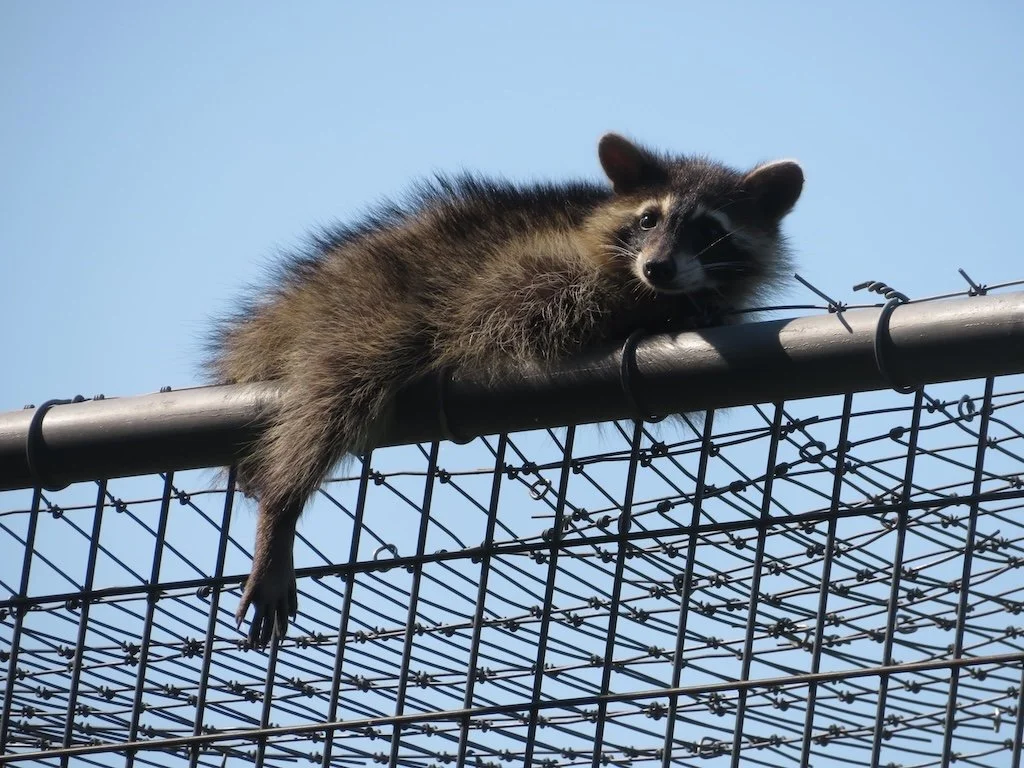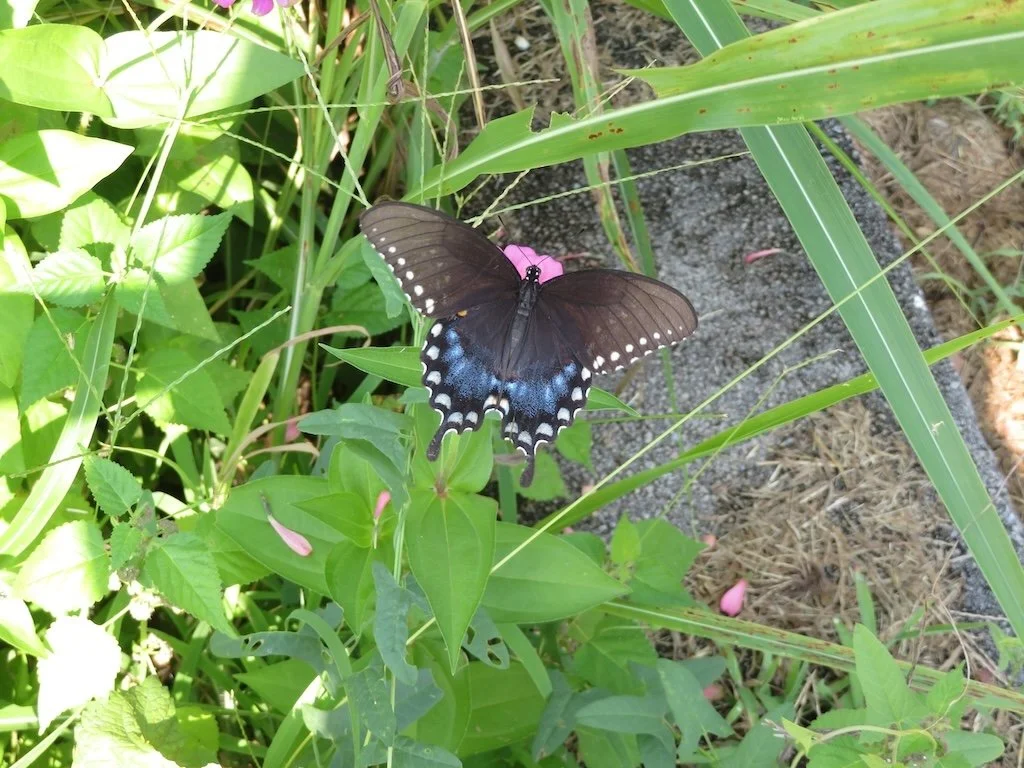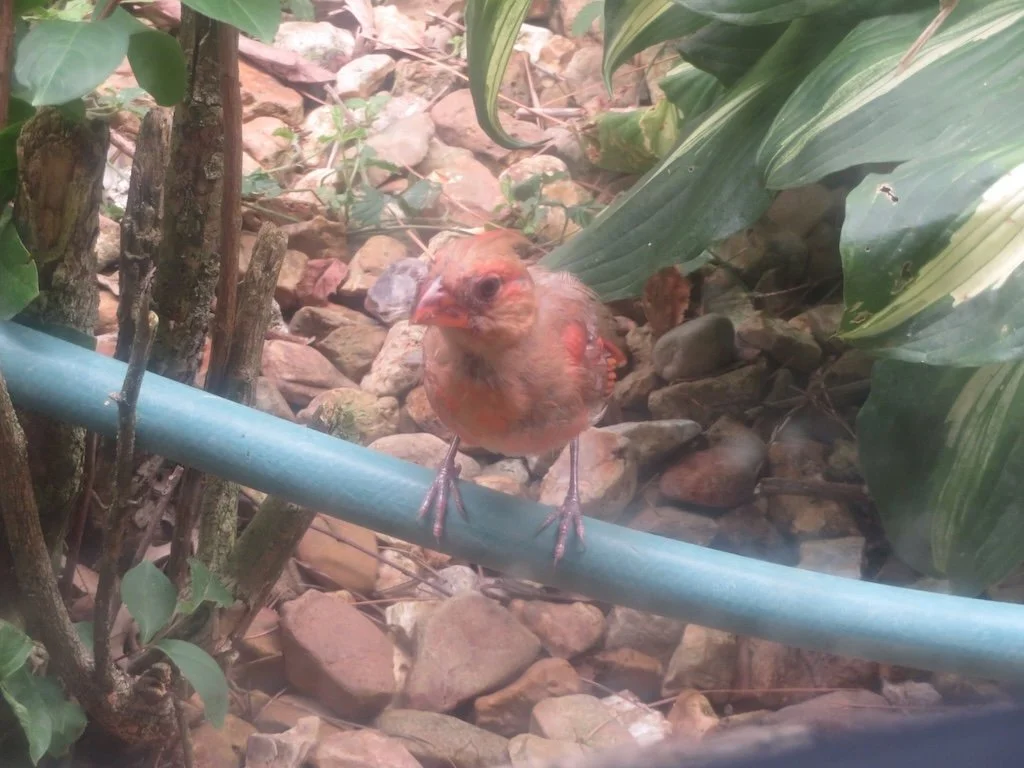The items below were ‘the cream’ of the articles and websites I found this past week. Click on the light green text to look at the article.
Get Stuck on Band-Aid History | Smart News | Smithsonian – Patented in 1926….and still basically the same!
Nikon Small World Photomicrography Competition 2017 Winners – The amazing natural world too small for us to see without technology…captured in photographs.
Beyond Biodiversity: A New Way of Looking at How Species Interconnect - Yale E360 – Going beyond simply counting species…understanding their role and importance to the ecosystem.
Pompeii vs. Herculaneum - Mountain Beltway - AGU Blogosphere – Both destroyed in AD 79 by an eruption of Vesuvius but excavated differently...body casts in Pompeii, skeletons in Herculaneum. Lots of pictures of both places.
Derinkuyu Underground City, the World’s Deepest Subterranean Metropolis – Discovered in 1963…an 18 story underground city that once houses up to 20,000 people in Turkey’s Cappadocia region. Started in the 8th to 7th centuries BCE….flourished in the Byzantine period from 780 to 1180….but there are alternative theories. There are over 200 other subterranean cities in the area!
BBC - Future - The great thaw of America’s north is coming – What happens when permafrost thaws? Infrastructure (houses, roads, airports, etc.) can crack or collapse. Whole villages will need to move…an expensive undertaking and it’s not clear that they would not have to move again when the new area became unstable.
Tower of human skulls found by archaeologists in Mexico, throwing Aztec history into doubt | The Independent – A tower of skulls was mentions in writings of the Spanish conquistadores. It was believed that the skulls belonged to male warriors killed in inter-tribal combat. Now that the structure is found and being examined with modern techniques – it is revealed that the skulls of women and children are included in the tower.
Do You Live in One of the Happiest American States? – I always enjoy looking at the graphics and trying to understand how the data was rolled up. However - I am always suspicious: summing up data about ‘well-being’ is not all that important because it is not something I would use to decide something for myself or my family.
Kitchen of the Future: Smart and Fast but Not Much Fun - The New York Times – I enjoy cooking….not sure I want or need something that prompts me for every step. Most of what I cook does not take very much time as long as the ingredients are in the house. I wonder how much of the technology mentioned in this article will become reality.
Guide to Greener Electronics 2017 - Greenpeace USA -My laptop manufacturer is a C+; smartphone manufacturer is a D-; and Amazon is an F. I have started keeping my laptops for a longer time but they are not built to last. My oldest laptop has a somewhat broken case so it no longer is no long moved from its place in my office.

